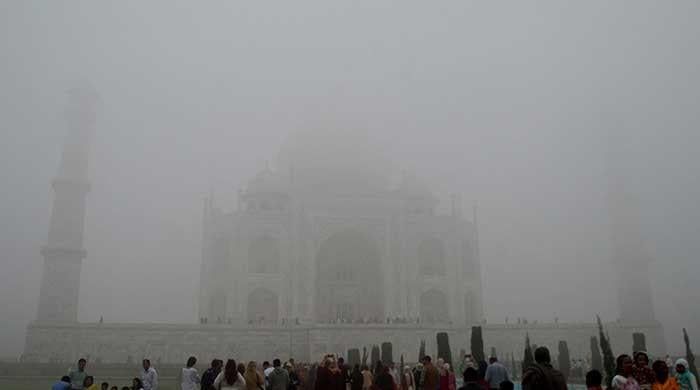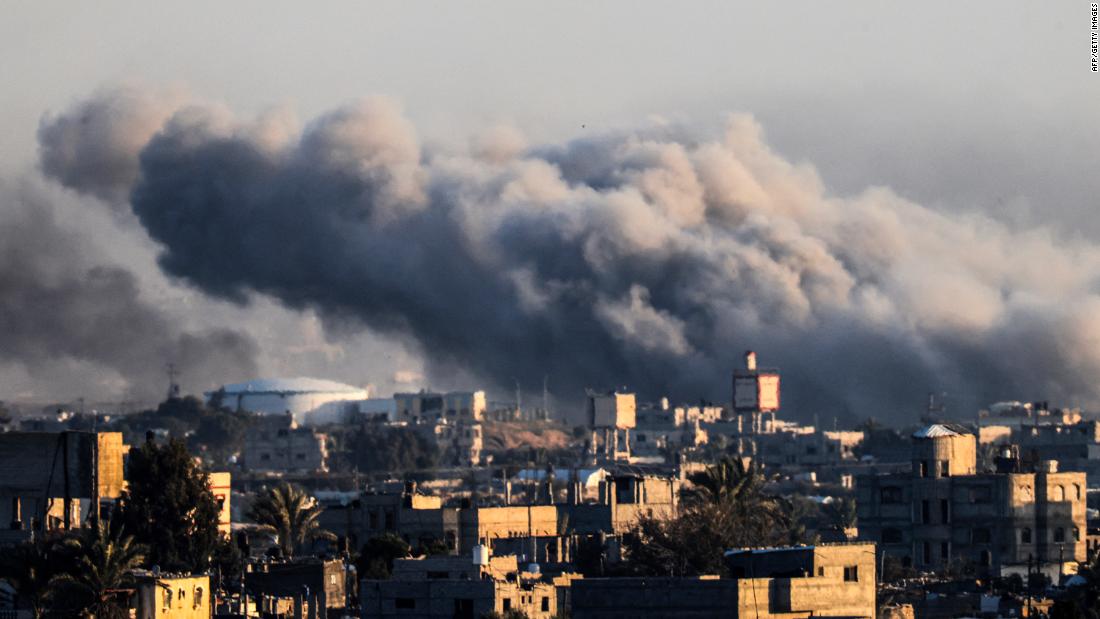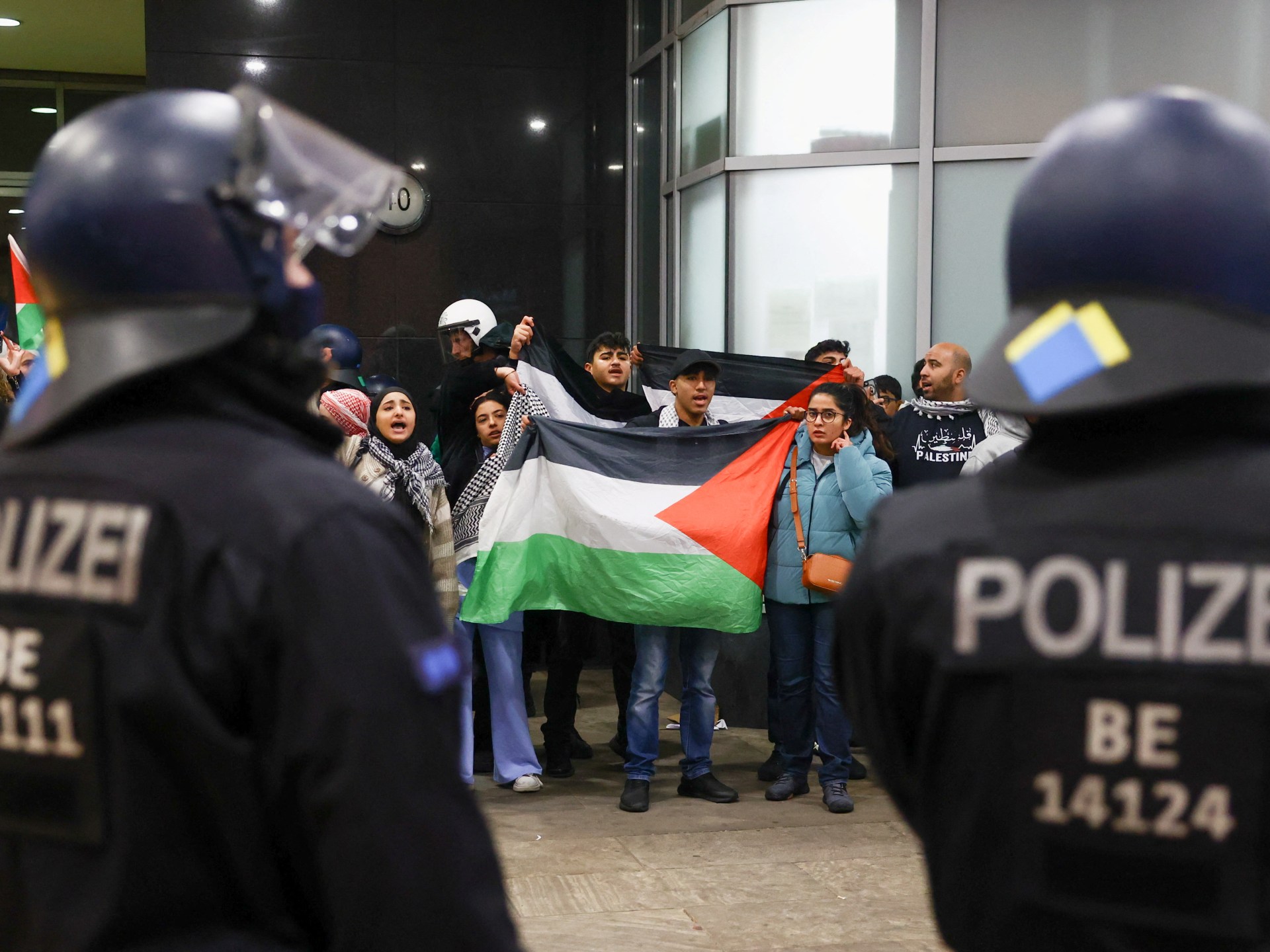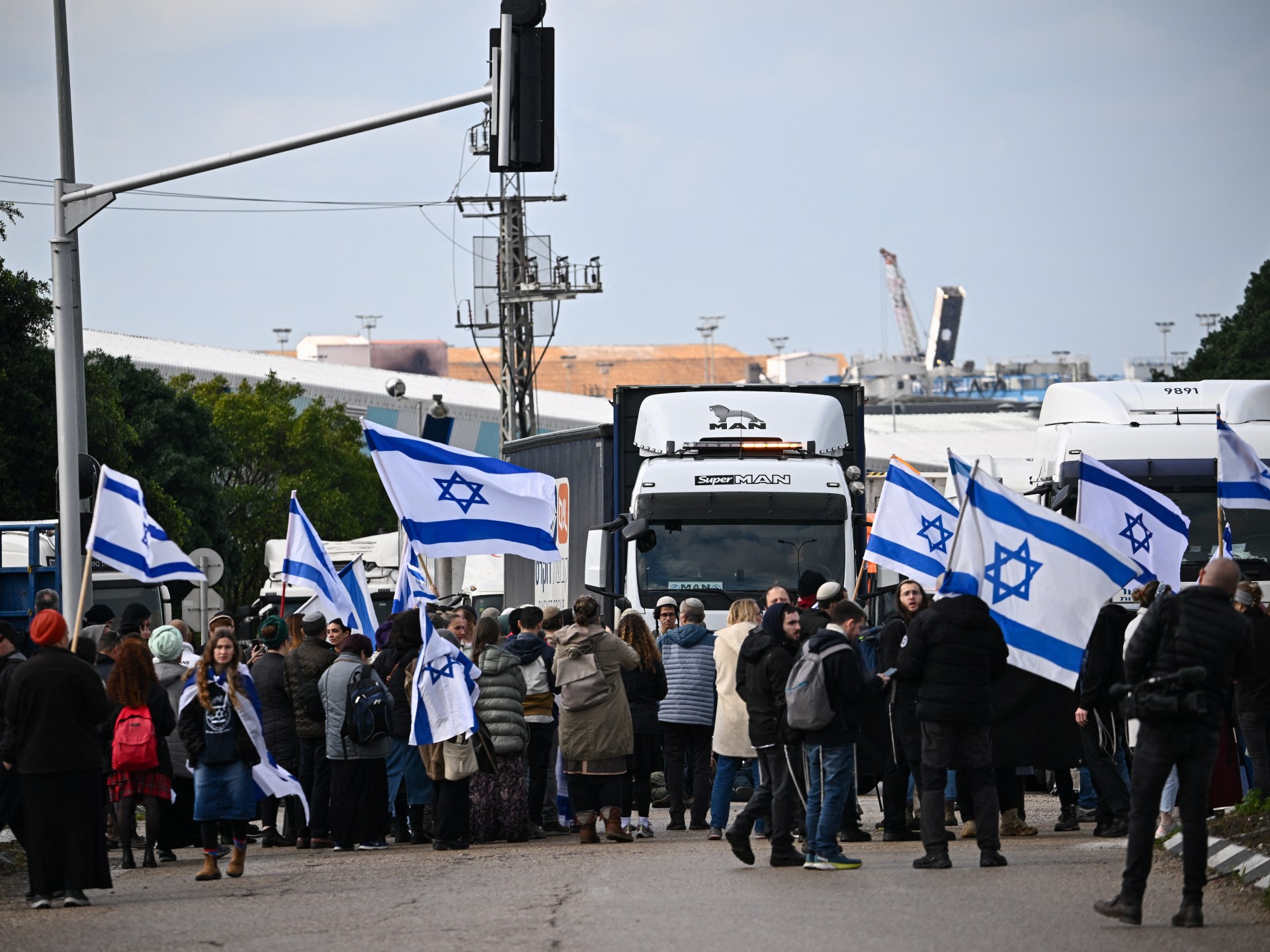- The government imposes a ban on non-essential construction.
- Citizens are urged to avoid burning coal for heating.
- Delhi CM orders primary schools to move to online classes.
India's government banned non-essential construction in New Delhi, the world's most polluted capital, and urged residents to avoid burning coal for heat, to combat worsening air quality that has disrupted flights and darkened the sky. Taj Mahal.
The new measures, which include spraying water with dust suppressants on roads as well as mechanized sweeping that would help settle dust, will take effect from Friday morning.
Delhi Chief Minister Atishi, who uses one name, also ordered all primary schools to move to online classes.
They also include a ban on non-essential construction and a call for citizens to use public transportation more and avoid using coal and wood for heating, according to a government statement Thursday, without saying how long the measures will be in place.
Air quality in northern India has deteriorated over the past week, with smog obscuring India's famous monument to love, the Taj Mahal, about 220 kilometers (136 miles) from New Delhi, as well as the holiest shrine of Sikhism, the Golden Temple in Amritsar.
New Delhi has a severe air quality level of 424, according to live ratings from Swiss group IQAir, the worst among world capitals.
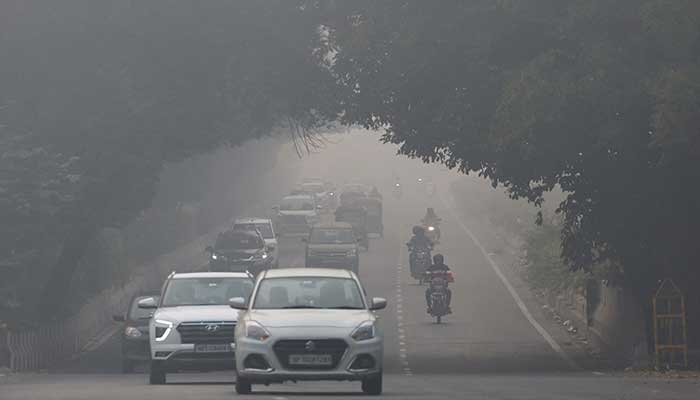
The city battles smog (a toxic mix of smoke and fog) each winter as cold air traps dust, emissions and smoke from illegal farm fires.
About 38% of the pollution in New Delhi this year has been caused by stubble burning (a practice in which stubble left after rice harvesting is burned to clear fields) in the neighboring states of Punjab and Haryana.
Flights from Delhi were delayed, with tracking website Flightradar24 showing that 88% of departures and 54% of arrivals were delayed until Thursday afternoon due to smog.
Allergies, cough, asthma.
Authorities blamed smog for high pollution, combined with humidity, calm winds and falling temperatures, which reduced visibility to 300 meters (980 feet) at the city's international airport, diverting flights with zero visibility. on Wednesday.
More patients flocked to hospitals, especially children.
“There has been a sudden increase in children with allergies, coughs and colds… and an increase in acute asthma attacks,” Sahab Ram, a pediatrician in the Fazilka region of Punjab, told the news agency. ANI.
Delhi's minimum temperature fell to 16.1 degrees Celsius (61 degrees F) on Thursday from 17 degrees C (63 degrees F) the previous day, weather officials said.
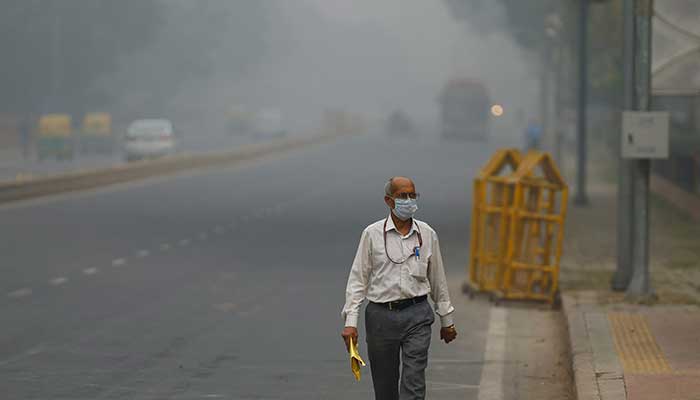
Pollution in New Delhi is likely to remain in the “severe” category on Friday, the Earth Sciences Ministry said, before upgrading to “very poor”, or an index score of 300 to 400.
The number of agricultural fires to clear fields in northern India has risen steadily this week to nearly 2,300 on Wednesday from 1,200 on Monday, the ministry's website showed.
Lahore, the capital of Pakistan's eastern Punjab province, was ranked the most polluted city in the world on Thursday by IQAir. Authorities have also battled dangerous air this month.

